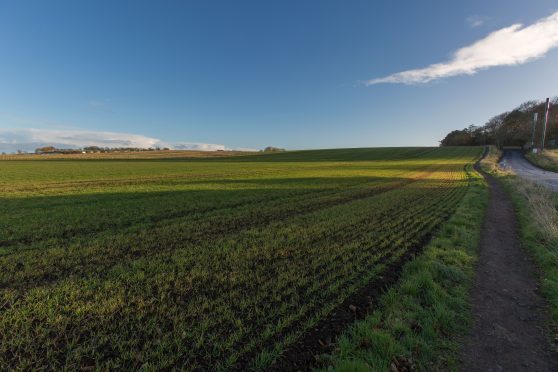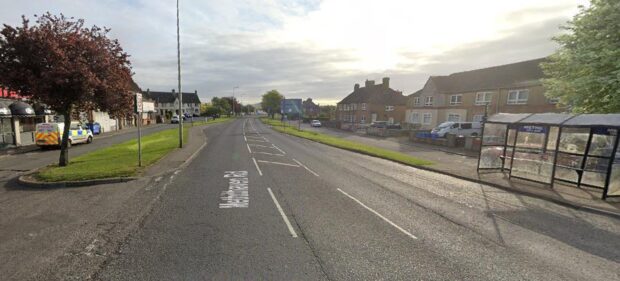The University of St Andrews has applied for permission to build new homes in the town for staff and students.
Described as a “university village”, the development would see 61 homes built in the south-east of St Andrews, on land west of Grange Road and south of Irvine Crescent.
Architects Montgomery Forgan Associates (MFA) said the land was already zoned for university accommodation in the Local Development Plan (LDP).
In a planning statement prepared on behalf of the university, the firm said: “The dwellings are being built by the university of St Andrews and will provide family accommodation primarily for post-graduate students, lecturers and other university staff and will be a university village concept as required by the LDP.
“The proposal complies with development plan policy and national planning policy, guidance and advice.
“The application site is within the settlement limits of St Andrews and is allocated in the LDP for university related housing.”
The homes would be a mix of semi-detached and two-storey houses, and two storey blocks of flats.
There would be a children’s play area and storage for bicycles, and also charging points for electrical vehicles.
MFA said the proposal “respects the characteristics of the site and surrounding greenbelt area.”
The architects added: “The proposal will also safeguard residential amenity, will respect the surrounding built and rural environment and will not cause any detrimental impacts in terms of road safety or on infrastructure services or facilities.”
Two public consultation events were held before the plans were submitted.
Householders on the south side of the Irvine Crescent, which runs to the north of the site, said they had ongoing problems with surface water running into their back gardens during bouts of heavy rainfall.
MFA said it was confident this issue would be resolved by a drainage pond planned for the site.
Fife Council’s transportation service has asked for a footpath to be included in the plans, which would link the site’s north east boundary on the west side of Grange Road to the existing footpath which ends at Irvine Crescent.










